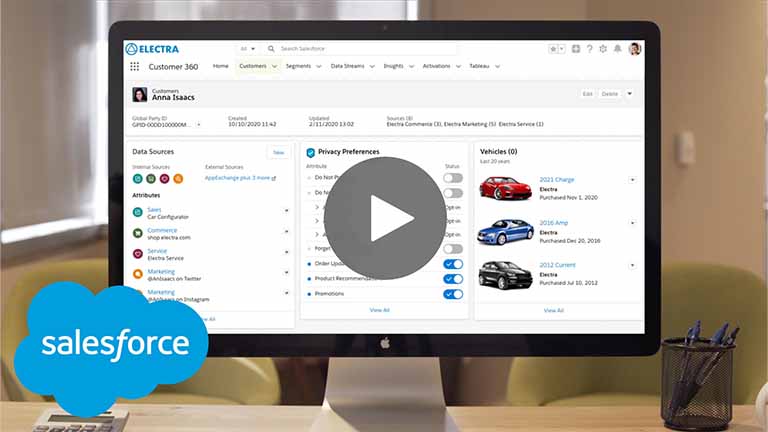Research investments are pressuring profits, but new revenue opportunities are on the horizon

Electric vehicle investments and global competitors are pressuring margins
“Our industry’s biggest challenge when it comes to electric vehicles is to develop an electric car that is as affordable and convenient as a traditional internal combustion engine automobile.”
Chinese EVs are leading the pack

“The automotive industry in China is years ahead of anyone in this space, in terms of EV production, charging technology, and connectivity. That will become a point of competitive advantage and price differentiation as well.”
Subscriptions and partnerships offer new revenue opportunities
Auto Finance: In the context of connected vehicles and expanding adoption of electric vehicles, what are the new business models and partnerships that your company is investing in?

OEMs and Retailers: In the context of connected vehicles and expanding adoption of electric vehicles, what are the new business models and partnerships that your company is investing in?

In the context of a connected vehicle ecosystem, which external industry partnerships would provide the best customer experience?

A LOOK AHEAD: Out-of-sector businesses spot a new EV revenue opportunity
As EV adoption grows globally, the pressure is on companies to solve concerns related to vehicle affordability, charging station availability and compatibility, and the harmful environmental impact caused by mining battery minerals. As companies in the industry adapt to new incentives promised by the Inflation Reduction Act, some out-of-sector businesses are already jumping on a new growth opportunity.
Some retail companies are installing EV charging stations at locations throughout the U.S. The goal? Attract Gen Z and millennial customers who are more likely to drive EVs and make purchasing decisions based on a product’s sustainability. Giving customers the opportunity to charge their vehicles as they shop for groceries or buy a cup of coffee, they reason, will drive loyalty — and revenue for years to come.

“It will also be interesting to see how EV drivers may benefit by charging overnight at lower rates, and then potentially ‘selling’ back their excess energy to utilities.”












